ZOOM Fabergé Eggs - Madonna Lily Clock Egg
1899 Easter gift to Alexandra, workmaster Michael Perchin
Madonna Lily Clock Egg (1899)
Materials: Egg: varicolored gold, platinum, rose-cut diamonds, white chalcedony, translucent yellow guilloche enamel, opaque white enamel
Dimensions: Height of egg: 270 mm. (10 5/8 in.)
Owner: Armoury Museum of the Kremlin, Moscow
This egg uses the symbolic language of flowers: the combination of roses (symbols of love) with lilies (symbols of purity and innocence), combined with burning torches, the flames from which turn into luxuriant foliate scrolls, suggests the virtuous flame of family love. It is based on a late eighteenth-century French clock.
The rectangular pedestal and egg-shaped clock are decorated with translucent yellow-gold enamel on a guilloche ground. Modeled in the Louis XVI style, the clock is crowned with a delicate bouquet of lilies, carved from white chalcedony. The pistils of the flowers are set with three small diamonds, and the leaves and stems are of tinted gold. The lilies appear to be growing through a circle of red and yellow gold, and platinum roses, with green gold leaves. The body of the clock is divided into twelve parts that are outlined in diamond-studded stripes. The diamond clock hand is in the shape of an arrow that protrudes from an immobile base. A diamond and opaque white enameled belt of twelve diamond-set Roman numerals revolves around the perimeter of the egg, indicating the time. The base is decorated with rosettes and other decorations in red and green gold. The date of the egg’s manufacture, 1899, is set in the base in diamonds. Ornamental handles support the egg on each side and are of red and green gold and decorated with rose-cut diamonds. A fluted gold key was used to wind the mechanism.
First exhibited in 1902 at the von Dervis Mansion in St. Petersburg, this egg has only been seen outside of the Kremlin twice since it was sent in 1927 to the Armoury Museum. The exhibitions were in 1989 in San Diego, California, when the Fabergé eggs from the Armoury Museum and the eggs held by Western collectors were reunited, and then in 1994 in Turin, Italy.
A 1953 archival Fabergé photograph is extant. It shows the missing ruby and rose diamond pendant, which accompanied this egg in this photo.





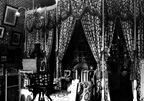 Imperial Bedroom
Imperial Bedroom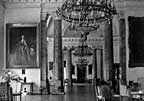 Portrait Hall
Portrait Hall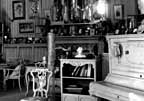 Mauve Room
Mauve Room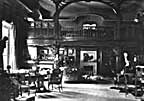 Maple Room
Maple Room Aleksey's Bedroom
Aleksey's Bedroom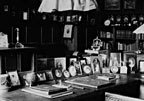 Nicholas's Study
Nicholas's Study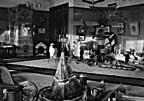 Aleksey's Playroom
Aleksey's Playroom Formal Reception
Formal Reception Balcony View
Balcony View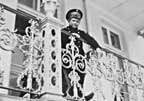 Aleksey- Balcony
Aleksey- Balcony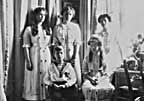 Children-Mauve
Children-Mauve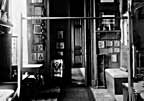 Nicholas's Bathroom
Nicholas's Bathroom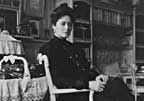 Alexandra- Mauve
Alexandra- Mauve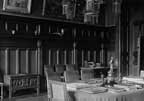 Nicholas's Reception
Nicholas's Reception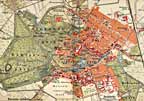 Tsarskoe Selo Map
Tsarskoe Selo Map